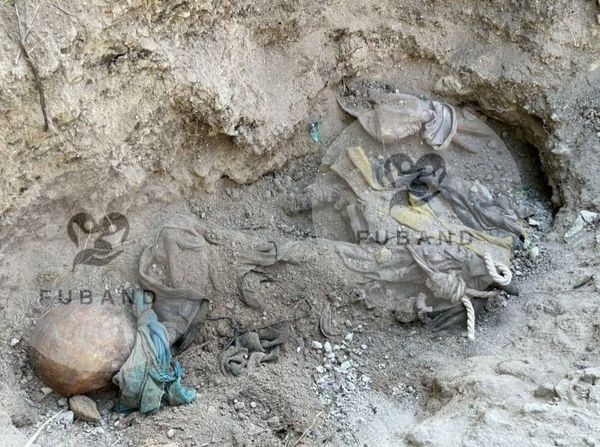
Hunter Water insists its drinking water supplies are safe despite containing trace amounts of chemicals that have been classified as carcinogens.
The US Environmental Protection Agency recently declared there was "no safe level of exposure" to the PFAS chemicals perfluorooctane sulfonate (PFOS) and perfluorooctanoic acid (PFOA) in drinking water and they were likely to cause cancer.
The US has subsequently cut the maximum level of the so-called "forever chemicals" allowed in its drinking water.
Experts have called for similar regulations to be rolled out in Australia, where the chemicals are permitted at levels up to 140 times higher than those allowed in the US.
Australia's drinking water guidelines, set in 2018, allow 560 parts per trillion of PFOA and 70 parts per trillion of PFOS.
Hunter Water's most recent whole of water system report from April shows there was a maximum PFOS/PFHxS detection of 0.007 micrograms per litre in a sample taken at Grahamstown Dam in December 2023.
The current Australian Drinking Water Guidelines set a maximum limit of 0.07 micrograms per litre.

All other samples collected from the Hunter Water drinking water distribution system in December were below the limit of reporting for PFOS.
"Hunter Water takes pride in managing a 'catchment-to-tap' water supply that meets the Australian Drinking Water Guidelines (ADWG) as developed by the National Health and Medical Research Council (NHMRC)," A Hunter Water spokesman said.
"The drinking water that Hunter Water provides to more than half a million customers in the region is safe and reliable as demonstrated by compliance with the ADWG."
PFAS was detected at several bores within the Tomago Sandbeds, including bore stations 7 and 9, which have not been used since 2014.
Nicholas Chartres, a senior research fellow at the University of Sydney, has called for a precautionary approach and immediate widespread testing of the nation's water supplies.
"The government needs to take action. They need to be testing the water (and) it will come at a cost," he said.
Premier Chris Minns said on Tuesday that the government would examine the US advice when assessing the state's drinking water.
Williamtown Red Zone resident Lindsay Clout, who led his community's fight for financial compensation for the impact of PFAS contaminated groundwater from the RAAF base, said many people in the wider community still regarded PFAS contamination as normal.
"The background levels that most people may have in their blood would be about 15 nanograms per millilitre. There are people here who have readings of 297. I've got another neighbour who was 170," he said.

"Some people (in the wider community) seem to think everyone has got PFAS in them so what are we (Red Zone residents) complaining about, well, we are complaining because we have been living with such high levels for so long."
The national Coalition Against PFAS, which Mr Clout led, previously advocated for the introduction of a goal of zero PFAS in blood.
"A zero level is where we want to be. Now those words are coming out of the United States," he said.
"It confirms the attitude that we had. We didn't want to get pushed into a corner where people were saying you can have so much of this in your blood and you will be ok. Well, that's not the case."







